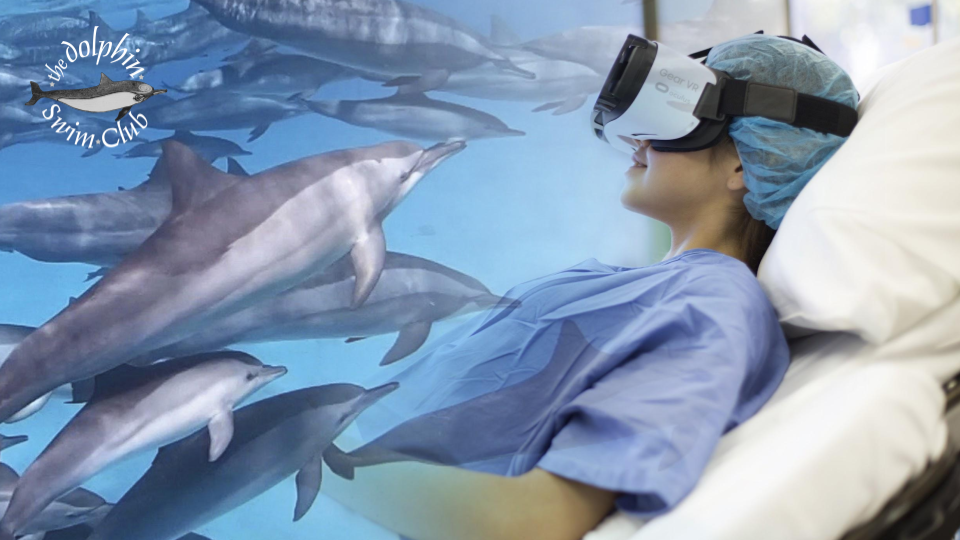
Wild dolphins on the National Public Radio
This month, the National Public Radio (NPR) covered a new study by Dr Brennan Spiegel, MD of Cedars Sinai hospital in Los Angeles, testing Virtual Reality for pain. Dr Brennan Spiegel has been using our VR therapy including Wild Dolphin VR with his clients for some time now, with positive results.
No stranger to pain
For the item, NPR interviewed Tom Norris, a 70 year old war veteran who suffers from chronic pain through his spine, back and hips. He is one of many patients that uses Virtual Reality as a tool to help him cope with the pain. Ever since he was introduced to Virtual Reality, he’s been hooked. “It’s fantastic, I really feel like I’m there”, says Norris as he is surrounded by our wild, virtual dolphins. “I get a strong feeling of pleasure, relaxation and peace.”
Therapeutic Virtual Reality
Norris’ experience is just one of many touching stories we have heard from patients using Wild Dolphin VR therapy. But as with any new medicine, we need numbers to proof the real effect of the treatment. So we are delighted by the outcome of a new study by Dr Brennan Spiegel, published in the journal PLOS ONE. The study finds that Virtual Reality reduces pain by about three times as much as watching TV. Using a zero to 10 pain scale, the virtual reality experience led to a 2 point drop in pain, compared to a half-drop point for watching TV.
Like a spotlight
So how does it work then? According to Dr Brennan Spiegel this might have something to do with the distraction provided by the Virtual Reality experience. “When the mind is deeply engaged in an immersive experience, it becomes difficult to perceive stimuli outside of the field of attention. VR is thought to create an immersive distraction that restricts the brain from processing the pain.” So like a spotlight, everything else falls into darkness. At least temporarily. It appears that, when used in the right way, at the right time, Virtual Reality can complement medical treatments.
